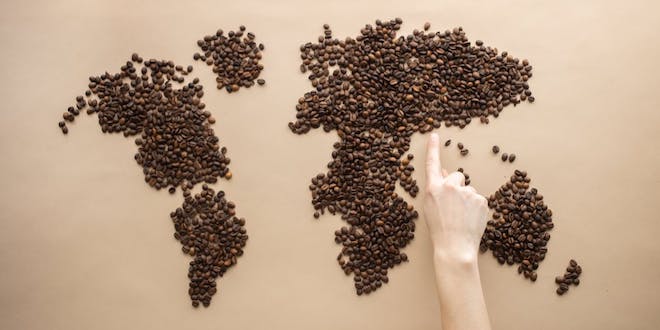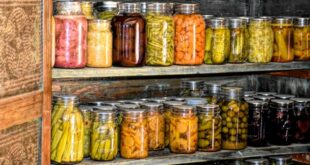Last Updated on April 19, 2024
Coffee is a voyage through many landscapes, civilizations, and flavors rather than just a quick pick-me-up in the morning. Knowing the many areas where coffee is cultivated becomes crucial as coffee lovers delve deeper into the realm of specialty coffee. Every locale has distinct qualities shaped by several elements, such as soil composition, height, climate, and processing techniques. By learning about the various coffee areas and their flavor profiles, beginners can better understand the complexity of their daily brew.
1. Latin America: Birthplace of Arabica Excellence
Latin America is the world’s largest coffee-producing region, especially for Arabica beans. The world’s coffee market is dominated by nations like Costa Rica, Colombia, and Brazil, each of which brings unique flavors to the sector. Brazil coffee is a popular choice for espresso mixes since it has a smooth, medium body and frequently displays hints of chocolate and nuts. Colombian coffee, on the other hand, captures the essence of South American coffee culture with its vibrant acidity, caramel sweetness, and floral notes. Conversely, Costa Rican beans exhibit a crisp, lively flavor profile with tangy acidity and notes of tropical fruit, which is indicative of the nation’s dedication to environmentally friendly agricultural methods.
2. African Gems: Vibrant and Complex
Ethiopia, which is considered to be the home of coffee, is the continent that stands out as a treasure trove of distinctive coffee flavors. A kaleidoscope of flavors, ranging from fruity and floral to spicy and earthy, can be found in Ethiopian coffees, which offer a dazzling experience for the palate. Yirgacheffe beans, in particular, are lauded for their delicate floral aroma, the body that is reminiscent of tea, and vivid notes of citrus and berries, among other characteristics. Another African powerhouse, Kenya, is known for producing coffees that are characterized by their sharp acidity, robust body, and nuanced fruitiness, which is sometimes compared to the flavor of black currants or tomatoes. Tanzanian coffees, on the other hand, feature flavors that are reminiscent of chocolate, almonds, and stone fruits, and they give a beautiful combination of acidity and sweetness.
3. Asia-Pacific: From Earthy to Exotic
A diverse range of coffee-growing nations, influenced by their terroirs, can be found throughout the Asia-Pacific area. Indonesia, the home of Sumatran and Java coffees, offers a wide variety of characteristics with notes of earth, herbs, and spice. For those looking for a strong, potent brew, Sumatran beans, in particular, are perfect since they have a big body, low acidity, and taste tobacco, cedar, and dark chocolate. Vietnamese coffee, on the other hand, is unique in that it is prepared using condensed milk instead of regular milk, which yields a sweet, creamy blend with notes of vanilla and chocolate. With coffees with bright acidity, medium body, and tropical fruit tastes, Papua New Guinea contributes to the region’s diversity and provides a welcome diversion from the more earthy characteristics of its neighbors.
4. Central America: Balance and Brightness
The environment of Central America, which is tucked between the Pacific and Caribbean Seas, is perfect for growing premium Arabica beans, which are valued for their brightness and balance. Specialized coffee enthusiasts hold Guatemala in high regard for its superb beans, which are cultivated in the rich volcanic soils of Antigua and Huehuetenango. Premium Guatemalan coffee has a medium to full body, a lively acidity, and a rich flavor profile that includes flavors of stone fruit, chocolate, and caramel. The microclimates and altitude variations around the nation add to the subtle qualities of its coffees, which in turn yield a broad spectrum of flavors. It captures the complex bouquet of flavors found in the center of Central America, whether it is savored as a pour-over made with just one origin or as part of a blend.
Conclusion
Travelers who enjoy coffee discover a world of remarkable workmanship, intricacy, and diversity when they explore the world’s major coffee-producing regions. From the earthy richness of Indonesian coffee to the floral grace of Ethiopian beans, every cup narrates a tale formed by centuries of creativity and tradition. Beginners’ appreciation of this cherished beverage is enhanced as they learn more about the subtleties that set each region’s coffee apart by investigating the flavor profiles of various regions. The next time you sip on your favorite beer, remember to appreciate not only the flavor but also the trip it took from farm to cup.
 Travel for Food Hub The Food Blog for Travel Lovers
Travel for Food Hub The Food Blog for Travel Lovers
















